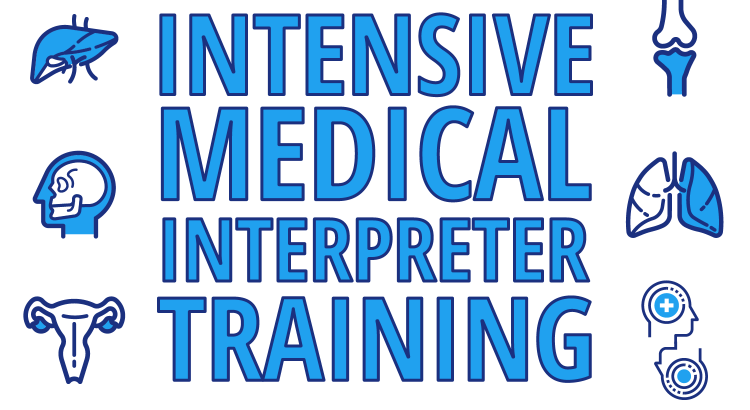As an alternative to face-to-face interpretation, medical facilities rely on other alternatives such as telephone interpretation wherein medical interpreters provide the service over the phone. Another option is video interpretation wherein the interpreter will be on a video call and have the opportunity to have visual contact with the specialist and patient. Video interpretation is more preferred than Audio interpretation but the former requires a strong internet connection to make it work. Still, the preferred choice of many patients is in-person interpretation as it is more personal.
There are also two modes of interpretation that can be provided by medical interpreters. First is Simultaneous interpretation meaning that the interpreter talks while simultaneously listening without pause or breaks. This is usually applied to large presentations and conferences. The other mode is called Consecutive interpretation wherein the interpreter listens to a chunk of information then translates it. The speaker and interpreter take the turn to speak. To maintain accuracy, the speaker should not speak more than 15 minutes to ensure that the interpreter can grasp all the details required. The interpreter can also take down notes to remind him/her of important information that should be relayed.
One of the dangers and challenges in a utilitarian approach to the medical interpreting role has been discussed in detail in a study. A traditional language interpreter is expected to relay a neutral and passive approach in passing the information without adding his/her personal biases. As a medical interpreter, utilizing a utilitarian approach can decrease emotional support and compromise the quality of care that can otherwise be given to the patient.
One of the issues noted in the study is the unidirectional communication between doctor to interpreter and patient to the interpreter. A doctor is expecting that the interpreter will relay the message literally which can be problematic as there are some culturally-coded meanings in words. Some doctors would prefer that the interpreter relay the message as it was spoken then the doctor can decide if it requires further prodding. The decision to clarify, for some doctors, should come from him/her and not for the interpreter to decide.
Interpreters are often viewed as a tool by the doctors in the sense that they are expected to hold their own views or opinions, nor provide any information as doing so may deem inefficient and seen as overlooking the hierarchy between a doctor/patient/interpreter. Doctors expect that the medical interpreter to be an ancillary member of the doctor’s team and interpreters know that the doctor is still in charge.
